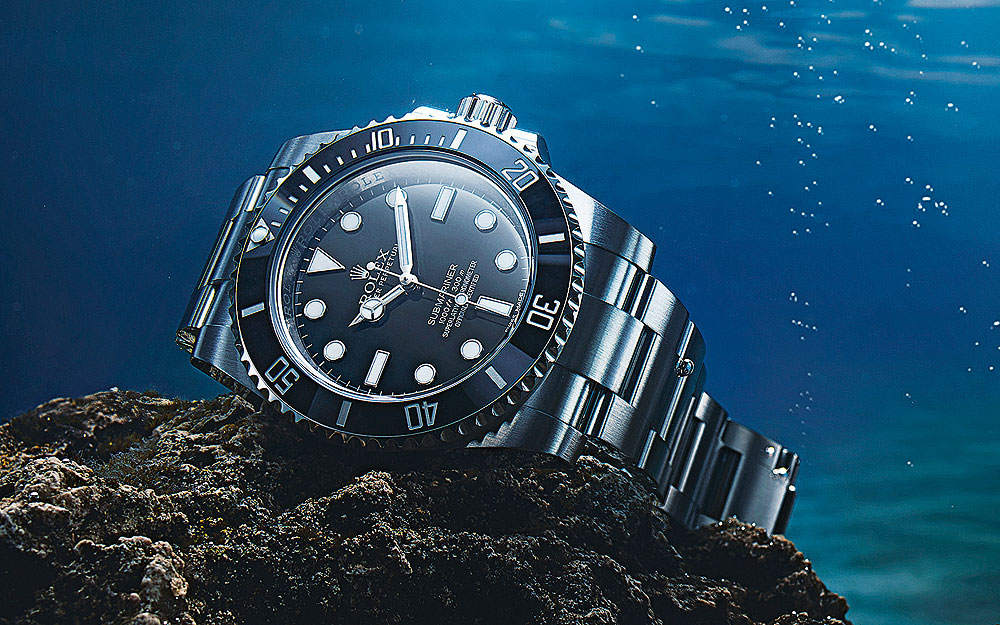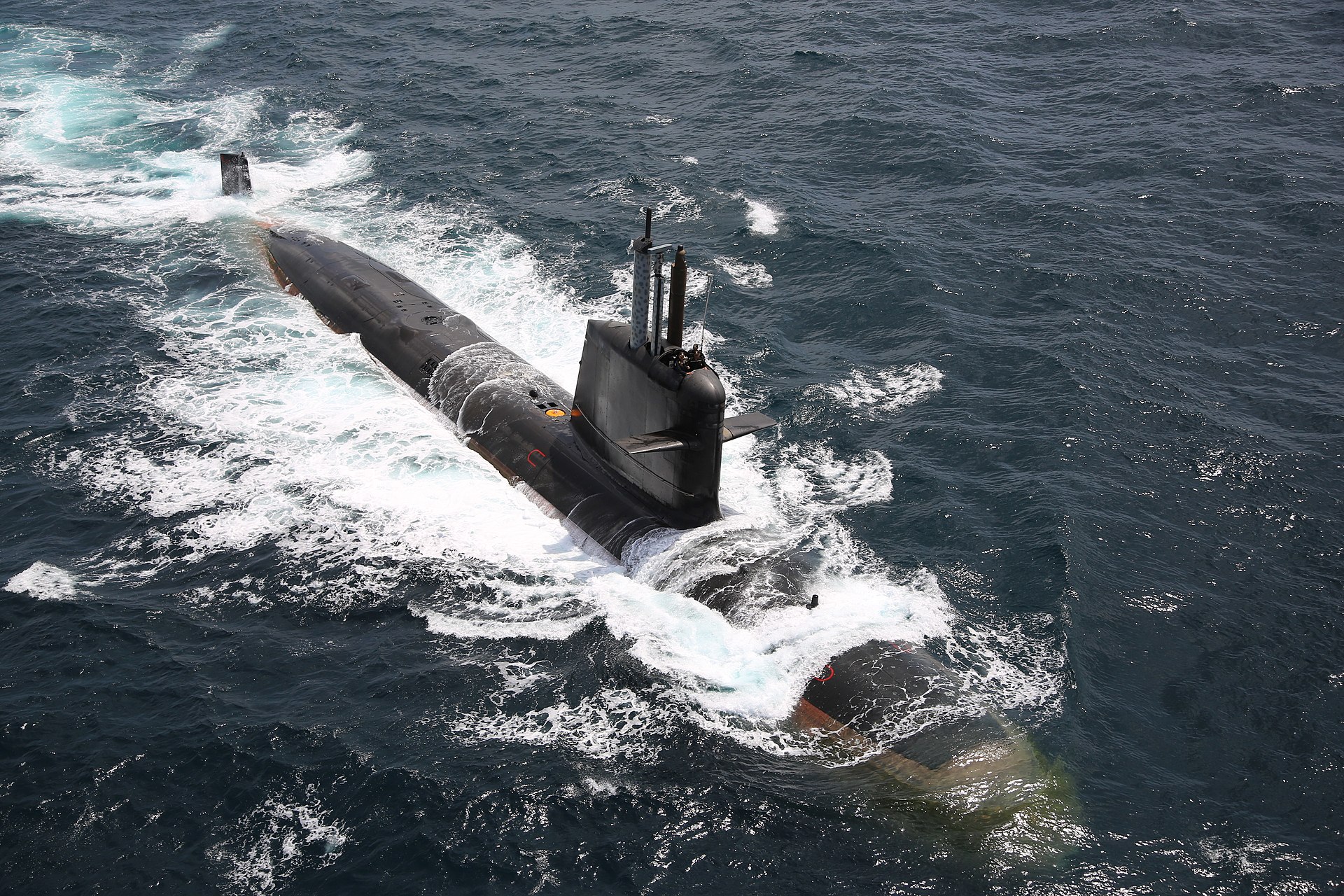


They were in the forefront of the submarine force’s success of near-destruction of the Japanese merchant fleet and significant reduction of the Imperial Japanese Navy. The Balao-class submarines entered service in mid-1943. One Balao submarine, USS Tang (SS-306), actually achieved a depth of 612 feet, as stated by the Tang’s commander Richard O’Kane in his book, Clear the Bridge!: The War Patrols of the U.S.S. It increased their test depth to 400 feet.
#US NAVY SUBMARINE MAX DEPTH SKIN#
The major improvements over the previous Gato-class was the upgraded thicker, higher yield strength steel and the pressure hull skin and frame. Approximately 265 were ordered and more than 119 were completed between 19. Of all the classes of submarines during World War II, the Balao-class contributed the most submarines to the submerged fight. depth charge, also called depth bomb, a type of weapon that is used by surface ships or aircraft to attack submerged submarines. One balanced streamlined type, limits 38 degrees to port and starboard.ĭiesel, 54,000 gallons normal 116,000 gallons maximum BOWFIN: A BALAO-CLASS SUBMARINE Displacement (Weight): 7,800 tons (equivalent to 65 blue whales) Speed: 25+ knots (28+ miles per hour) Maximum Depth: 800+ ft. Each cell was about 4.5 feet high, 1.25 feet deep, and 1.75 feet wide, and weighed about 1,650 pounds.Ģ0.25 knots surface speed 8.75 knots submerged MACHINERY:įour General Motors Model 16-278A diesel, V-16įour General Electric 1,100 kw 2,650 amps/415 volts propulsion 3,600 amps/296 volts battery charging. Upgraded to one 5 inch 25-caliber, one 40 mm and one 20 mm. Originally, one 4 inch 50-caliber and two 20 mm. In fact, the Los Angeles-class submarines have a crush depth of around 2,000 feet, which means they. But they’re capable of going much deeper than that. Navy’s Los Angeles- class submarines, the most common type of submarine in the fleet, are designed to operate at depths of up to 800 feet. By the end of the war, Bowfin was using the Mark 18 electric torpedo and Mark 27 acoustic torpedo, nicknamed "cutie." The answer, it turns out, is pretty deep. After the search and rescue efforts lasted a few days, debris of the Indonesian submarine was found in 838 meters depth. Primary torpedoes used were the Mark 14 and Mark 23, both steam-driven. ApArtistic image of Type 212CD (Source: TKMS ) Recently, the naval community worldwide felt the flame in their hearts because of the KRI Nanggala incident. Originally 70 men (7 officers & 63 enlisted), later increased to 80 men (8 officers & 72 enlisted) Bowfin carried 85 men on her last war patrol.ġ,810 tons (on surface) 2,415 tons (submerged)įreeboard (distance from deck to surface of water):ġ2 feet 5 inches at bow 3 feet 11 inches at sternĦ tubes in the forward torpedo room, and 4 in the aft torpedo roomĢ4 total, 10 in tubes and 14 in reload racks. Navy, who was head of the Portsmouth Navy Shipyard Jane Gawne, wife of CAPT James Orville Gawne, U.S. Portsmouth Naval Shipyard, Kittery, Maineħ December 1942, nicknamed, "The Pearl Harbor Avenger"


 0 kommentar(er)
0 kommentar(er)
